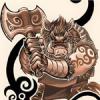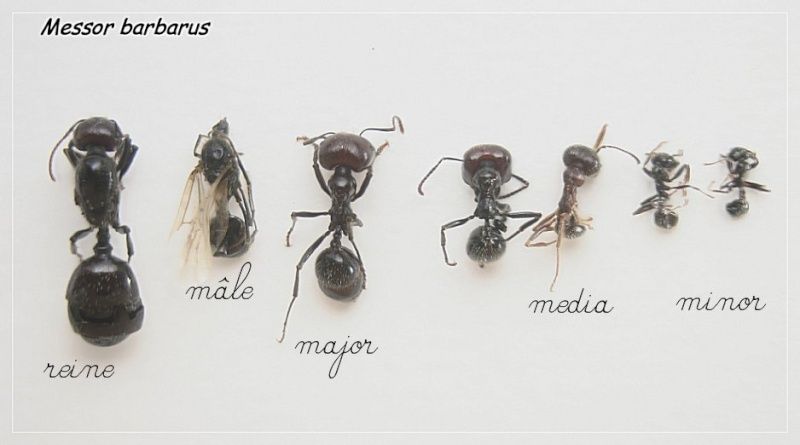Dear friends!

Dear friends!
Looks like a queen. Colony must be pretty large if they're producing those. Nice work ![]()
100% a queen. You can tell by the large head in proportion to the rest of her body.
Looks like a queen. Colony must be pretty large if they're producing those. Nice work
Thank you so much! ![]()
100% a queen. You can tell by the large head in proportion to the rest of her body.
I compared the size with the original queen of this colony and it is almost twice as large. That is why I doubt it.
Awesome! Congrats!
Thank you, my friend ![]() My son and I were really looking forward to the moment when something like this appears in our colony
My son and I were really looking forward to the moment when something like this appears in our colony ![]()
Males are smaller than queens.100% a queen. You can tell by the large head in proportion to the rest of her body.
I compared the size with the original queen of this colony and it is almost twice as large. That is why I doubt it.
"God made..... all the creatures that move along the ground according to their kinds (including ants). And God saw that it was good. Genesis 1:25 NIV version
Keeping:
Tetramorium immigrans Camponotus vicinus, modoc, novaeboracensis, herculeanus
Formica pallidefulva, argentea Solenopsis molesta
Formica cf. aserva Lasius brevicornis, neoniger
Males are smaller than queens.
100% a queen. You can tell by the large head in proportion to the rest of her body.
I compared the size with the original queen of this colony and it is almost twice as large. That is why I doubt it.
It was because of the size that I decided that it was still a male and not a queen.
Definitely a MALE and here is a photo of a M. barbarus with a male, so you should assume your males would look very much like this. The head size would be an immediate give away, I think the photo speaks for itself.

The head just doesn't seem to match up... this is weird.
"God made..... all the creatures that move along the ground according to their kinds (including ants). And God saw that it was good. Genesis 1:25 NIV version
Keeping:
Tetramorium immigrans Camponotus vicinus, modoc, novaeboracensis, herculeanus
Formica pallidefulva, argentea Solenopsis molesta
Formica cf. aserva Lasius brevicornis, neoniger
Winged worker? ![]()
Improbable, of course. Probably a reproductive of some sort.
Definitely a MALE and here is a photo of a M. barbarus with a male, so you should assume your males would look very much like this. The head size would be an immediate give away, I think the photo speaks for itself.
If you look at the total size of the individual, it looks more like a male. But if you look at the proportions of the head and body, it looks more like a queen. It is believed that this is the queen, which was poorly fed during the larva period ![]()
The head just doesn't seem to match up... this is weird.
This is the whole point. Therefore, many of my friends say that after all it is a uterus, but perhaps it is somehow underdeveloped.
Winged worker?
Improbable, of course. Probably a reproductive of some sort.
This is already a very fantastic option ![]() Most likely it is a uterus that was poorly fed
Most likely it is a uterus that was poorly fed ![]()
![]()
![]()
It just looks like a queen to me.
this winged ant still lives in the formikariy, does not fly away anywhere. became a little larger in size, the wings did not fall. She was seen at work a couple of times: she looked after the larvae. no aggression from other inhabitants of formicaria and the queen ![]()
0 members, 1 guests, 0 anonymous users